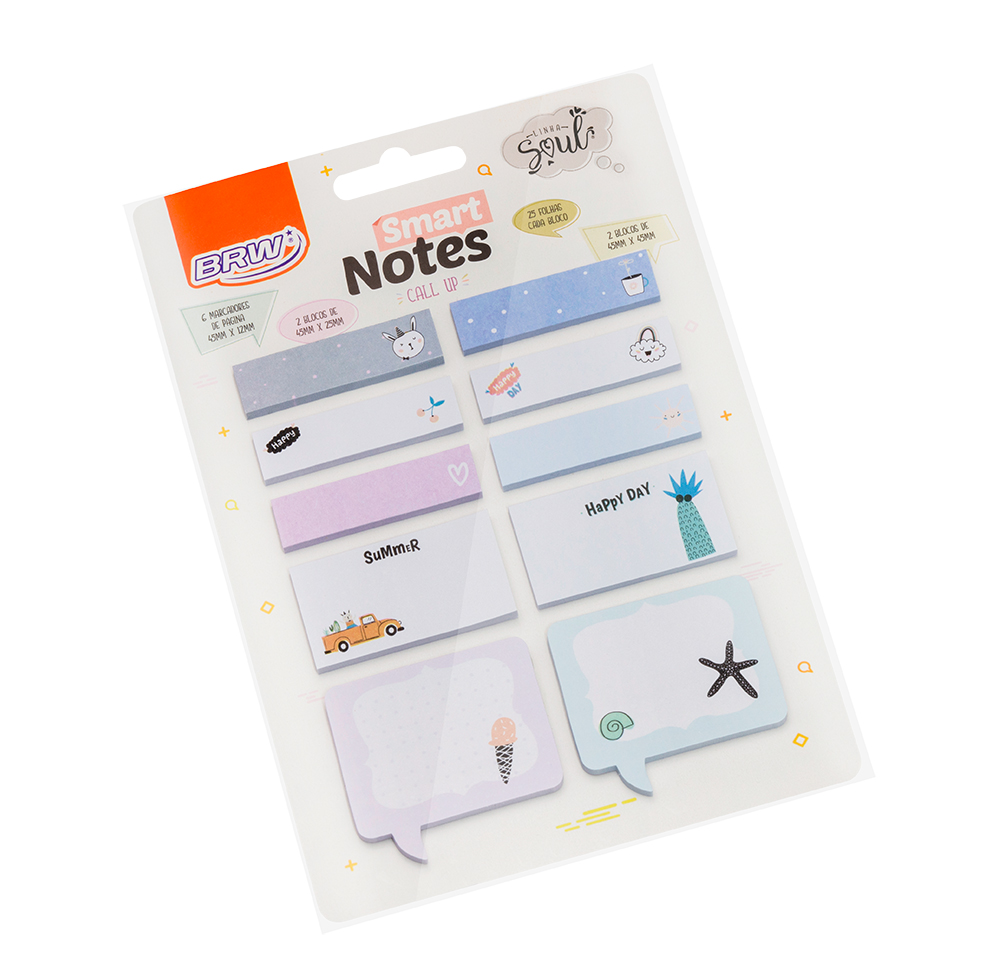

In the above example where two people climb the 7 day TK Rongai Route and pay USD 3,049 per person for the climb, a normal tip amount might be USD 400 per climber, if - as is very often the case with our usually very attentive and hard working teams - it is felt that the team have gone beyond the call of duty and served exemplarily. Division of Tips Amongst Kilimanjaro Support Staff With smaller groups, the overall staff to climber ratio is increased and so climbers tend to tip more, but since our per climber climb costs increase as the booking group becomes smaller, the relationship of scale between the amount tipped and the amount paid for the climb, still remains roughly the same, with each climber in a group of just a pair climbing TK Rongai over 7 days, usually tipping around USD 300 to 450 to their support team of 12 staff. In other words, where a climber is a member of a large group of 8 climbers and completes say, the 6 day Machame Route, each climber will usually choose to contribute around USD 200 to 300, with the exact amount being dependent on a number of factors including the climbers’ own culture of tipping (Americans often tip very liberally, while say, the French are somewhat more conservative) the performance of the crew and of course the available financial means of the climbers.
SMART NOTES MT KILIMANJARO SERIES
How Much to Tip on KilimanjaroĪverage amounts tipped on Kilimanjaro - It would appear that the simple rule of thumb seems to be that climbers tend to tip between 10 and 15% of what they have paid for their climb on our Superlite, Lite, Advantage and Excel Series, (and some 15 to 20% on our two VIP Series - because of the much higher staff to climber ratio).


However, if unable to budget at least 10% of the total amount paid for the climb, some climbers may feel more comfortable requesting details from TK about slightly cheaper climb options that are available with our sister companies. A guide is trained to handle such eventualities and should see them as a welcome test of the strength of his leadership and character. That said, since the vast majority of our climb groups - probably not less than some 97% - are willing to tip within the guidelines detailed below, where a climb group is unable to do so, the guide will often have difficulty explaining to his crew why a particular tip value is substantially lower than the norm, as it will automatically be assumed that since the allocated value to be given to each porter is lower than what is customary on similar climbs, that the team may have displeased the climb group and may begin trying to investigate the cause of the assumed errors and the identity of the imagined perpetrators.
SMART NOTES MT KILIMANJARO FREE
Since the concept of the tip derives from free will we prefer to advise on the basis of what we have observed that our climbers choose to tip, rather than requesting specific tip amounts. Our mountain staff are generally rewarded very generously by grateful climbers, though we are often asked for guidelines for recommended tipping amounts. However, we believe that the daily salaries that we pay are amongst the top 10% or so, and that our top guides and their core support staff likely enjoy the highest mean annual incomes on Kilimanjaro. Team Kilimanjaro do not pay the very highest daily wages to our staff as this would equate to an increase in our prices, a reduction in the number of climbers who feel able to afford to climb with us, and a diminished annual salary and volume of work enjoyed by each staff member, which is something they would not welcome.

It is alleged that there are even companies operating locally that do not pay their staff any salaries and that these workers rely exclusively on tips. Tipping is a universal custom on Kilimanjaro and on safari and has always constituted a significant proportion of a guide or porter’s salary.


 0 kommentar(er)
0 kommentar(er)
